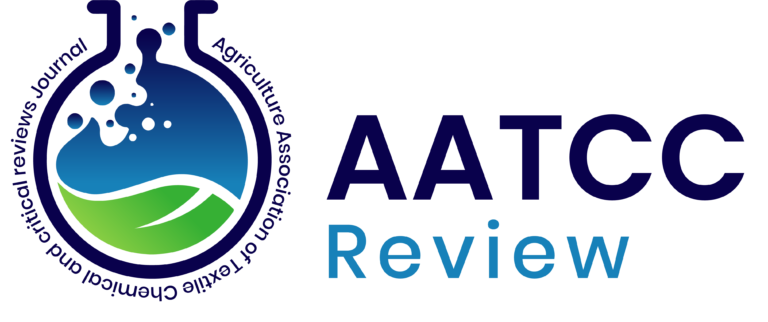Genetic variability for yield and yield attributing traits in Advance wheat breeding lines evaluated under Temperate Ecology
DOI: https://doi.org/10.21276/AATCCReview.2025.13.02.107
Abstract
The present study was conducted to determine variability for complex traits of yield and
yield attributes by measuring different morphologically related metric traits and evaluation
of the traits which that are closely related to yield. Grain yield showed high heritability along
with high genetic advance yield and the characters which high heritability along with high
genetic advance and genetic gain were spike length, 1000-grain weight, spikelet per spike,
grains per spike, seed size, awn length, peduncle length, and stem weight would be effective
for selection in the breeding programme. However, highest estimates of heritability (b.s.)
accompanied by high genetic advance as per cent of mean were recorded for grain yield/ ha.
The estimates of genotypic coefficient of variation (GCV) were highest for grain yield
(35.24%) followed by 1000 grain weight (23.42%), grains per spike (19. 34%) and a number
of spikelet spike (19.32%).It is obvious that yield is a polygenic trait that results from the
contribution of many interacting factors. The phenotypic and genotypic correlations for yield
and yield attributing traits revealed that grain yield exhibited positive and highly significant
genotypic and phenotypic correlation with 1000 grain weight, grains per spike, and spikelets
per spike but exhibited negative and significant genotypic and phenotypic correlation with
days to flowering and days to maturity. The highest indirect positive effects of a number of
grains per spike on grain yield was recorded via a number of spikelets per spike (0.368)
followed by spike length (0.136) and flag leaf length (0.123) whereas grains per spike
recorded a moderate negative indirect effect via length breadth ratio (-0.014), awn length (-
0.011) and peduncle length (-0.145) on grain yield. This study offers treasured acumens for
breeders and researchers working on enhancing wheat productivity to meet the mounting
demands of increasing human population
PDF: View / Download
